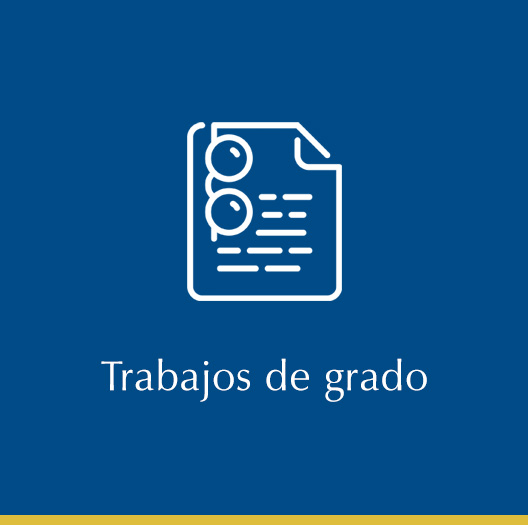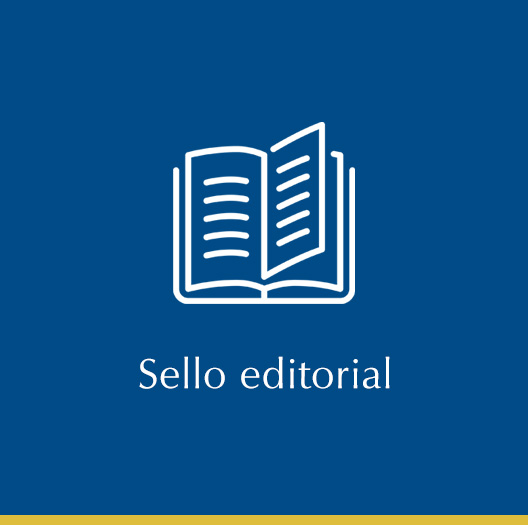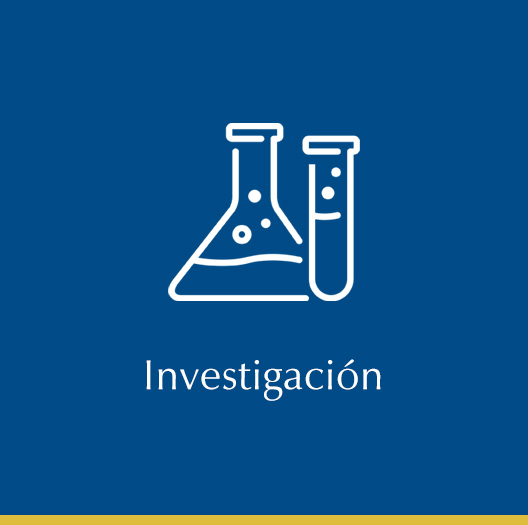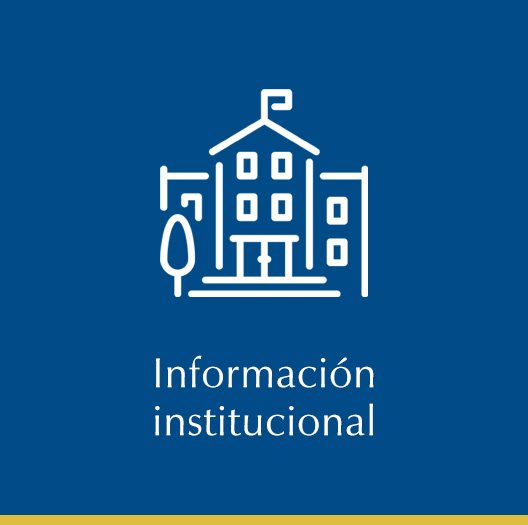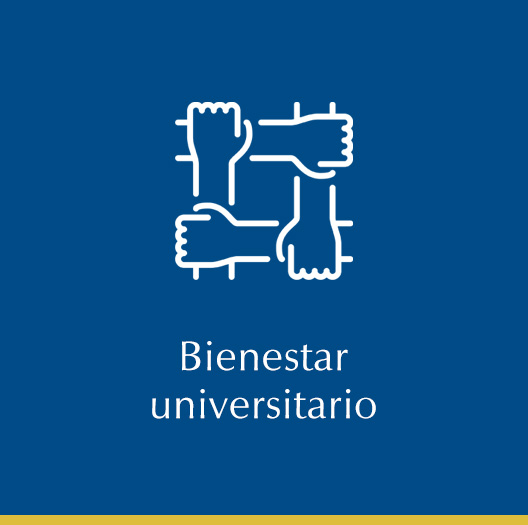Repositorio Institucional
Universidad Santiago de Cali


Recent Submissions
El arbitraje como mecanismo alternativo de solucion de 1 conflictos desde una optica consensuada al derecho de familia
(Universidad Santiago de Cali, 2023-06-12) Montaño Castillo, Ruth Daniela; Núñez Montes, José Rodrigo (Director)
It is necessary to take into consideration the figure of arbitration as an alternative dispute resolution mechanism ADR, arbitration is a figure of private law by which the parties to a dispute submit the matter under dispute to the tutelage of an arbitrator or arbitral tribunal impartial and neutral for the purpose of settling the matter in conflict or subject of litigation. Arbitration in family matters arises from the relationship of two areas of law, one representing the legal relations of families, and consequently the other party, which is represented in procedural law, following a favorable cause one of the alternative methods of conflict resolution as specified in this case. It is a notorious fact according to the guidelines described in the general code of the process, that arbitration is a consensual legal business, the parties voluntarily submit to an impartial arbitration court to decide on the latent conflict and impose on each party what in the judgment of equity corresponds
La protección de derechos de deudores y acreedores cuando se declara la insolvencia
(Universidad Santiago de Cali, 2023-10-19) Vargas Bernal, Orlando de Jesus; Benavidez Ceballo, Guillermo Alejandro (Director)
La problemática y el riesgo de los asentamientos humanos informales que existen en el jarillón de Santiago de Cali frente a la ley 1715 de 2014
(Universidad Santiago de Cali, 2023-06-07) Palacios Urrutia, Neidy Alesxandra; Benavides Ceballos, Guillermo Alejandro (Director)
Gases arteriales y venosos
(Universidad Santiago de Cali, 2021) Chocue Adarve, Erika Lisset; Viedma Perez, Valentina; Urrea, Diana carolina (Director)
Desalojo forzoso en el Valle del Cauca: una violación a los derechos humanos y sus consecuencias devastadoras
(Universidad Santiago de Cali, 2023) Renteria Ríos, Maria Elena; Colmenares Torres, Maria del Pilar (Director)
